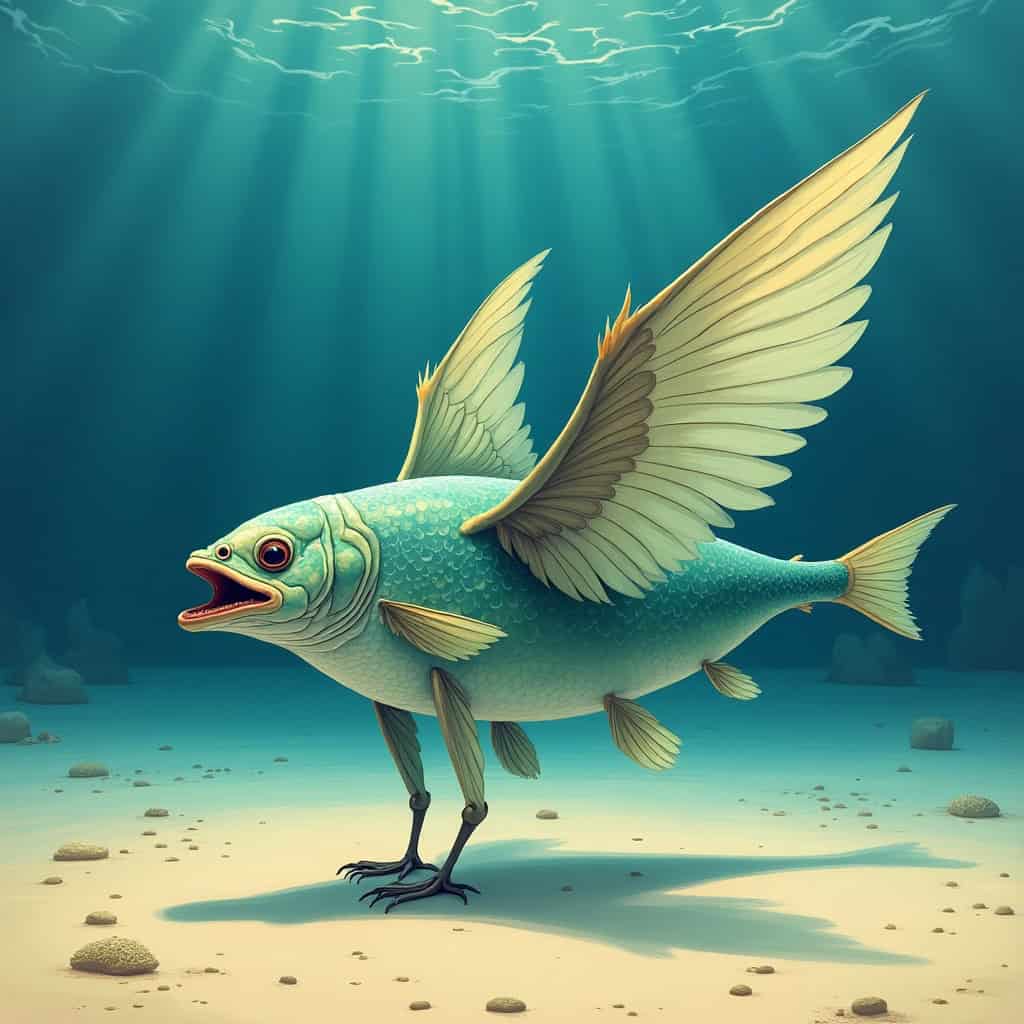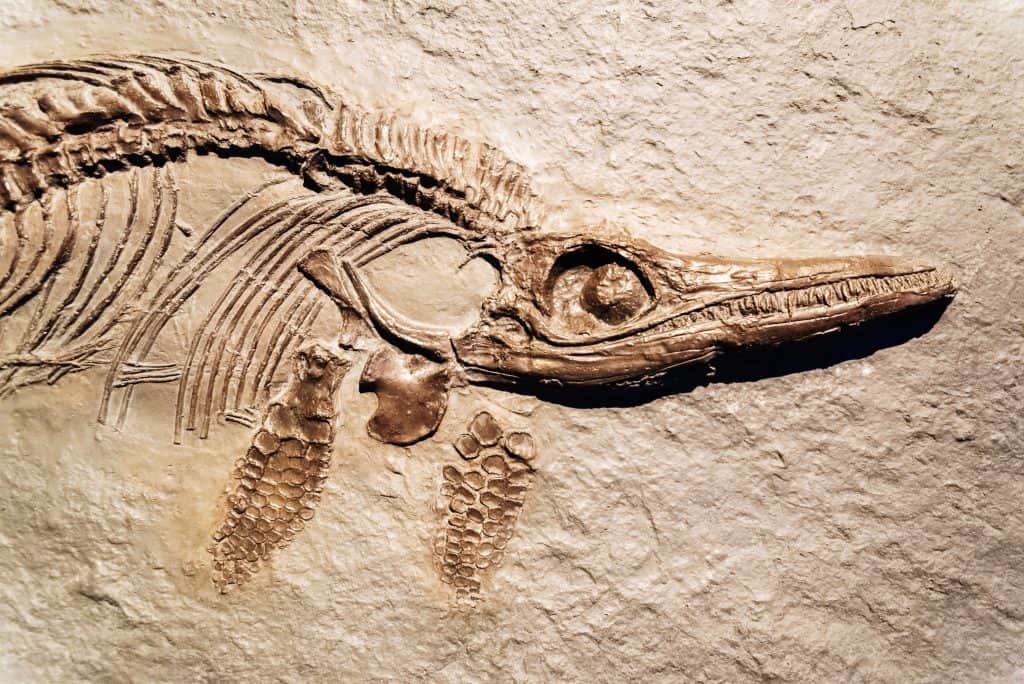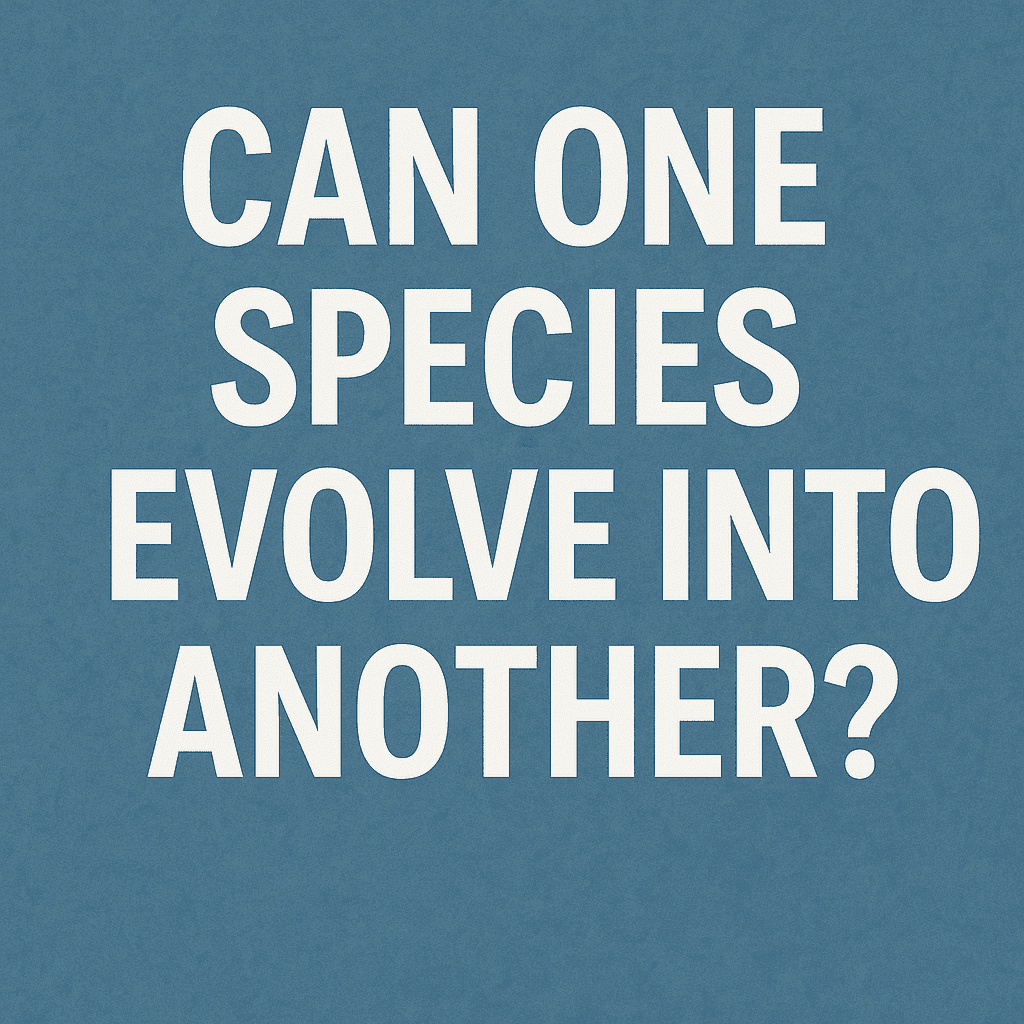Can One Species Evolve Into Another? A Biblical and Biological Case
Can one species evolve into another? It’s the question evolution depends on—but one that still has no real-world answer. We’re told that all life shares a common ancestor and that slow changes over millions of years turned fish into frogs, reptiles into birds, and apes into humans. But when you look at what Scripture teaches and what biology actually confirms, that story falls apart fast. The truth is, animals adapt, but they stay within limits. They reproduce after their kind—just like the Bible said from the beginning.

The Created Boundaries Were Clear from the Start
When God created living creatures in Genesis 1, He didn’t leave their origin open-ended. Ten times in that chapter alone, we’re told that each was made “according to its kind.” That’s not poetic language—it’s biological truth.
Cats produce cats. Birds produce birds. And while those animals can vary greatly in size, color, and shape, they never cross the God-ordained boundary into becoming something entirely different. Adaptation exists. Evolution across species does not.
What We Actually Observe
Can one species evolve into another? Not if we’re paying attention. What we actually observe is variation within a kind—what’s often called microevolution. This includes changes in fur thickness, beak size, or body shape, based on environment or selective breeding.
But no matter how much variety we see, those changes never rewrite the genetic instructions. You can get a Chihuahua and a Great Dane from the same original dog kind, but you’ll never get a goat or a kangaroo from that gene pool.
That’s why “can one species evolve into another”, remains a question evolution can’t answer—because boundaries exist for a reason.
The Bait-and-Switch of Evolutionary Claims
The problem comes when evolutionists use examples of microevolution to imply macroevolution is inevitable. But it’s a bait and switch. They’ll point to Darwin’s finches and say that changing beaks prove molecules-to-man evolution.
But no new information is added, no new organs form, and no species barrier is ever crossed. They’re still finches. No matter how many generations you watch, no bird becomes anything but a bird.
Romans 1:25 says that people “exchanged the truth about God for a lie, and worshiped and served the creature rather than the Creator.” Evolution is one of the clearest examples of that exchange. It glorifies random mutation and blind selection over the wisdom of God.
But what’s more dangerous is that it turns biology into a tool for unbelief. It says there’s no design, no purpose, no Creator—and by extension, no Judge.
The Fossil Record Doesn’t Help

Can one species evolve into another? If it could, we should see it in the fossil record. But instead, we find fully formed animals appearing suddenly, with no transitional forms between them. Reptiles don’t slowly turn into birds. Whales don’t evolve from land mammals.
The fossil record is filled with gaps—huge, unexplained leaps. And every gap reminds us why the question can one species evolve into another leads to more fiction than fact.
Rather than question the theory, modern science fills in the blanks with drawings, guesses, and museum displays that show more art than evidence.
Biology Has Never Observed It
Even today, with all our genetic knowledge, we’ve never observed one kind of creature becoming another. Bacteria may become resistant to antibiotics, but they’re still bacteria. Flies remain flies. Dogs remain dogs.
The theory of evolution rests on faith in what’s never been seen—not science. Meanwhile, every observable breeding experiment, genetic study, and DNA mapping effort confirms the limits God placed on life from the beginning.
The Ark Makes This Clear
Genesis 6:19 says that Noah was told to bring two of every kind of living creature onto the ark, male and female, to keep them alive. That command only makes sense if kinds are broader than our modern word “species.”
The ark didn’t carry every breed of dog, every variety of cat, or every type of bird—it carried kinds capable of reproducing and diversifying afterward. That’s not only logical—it’s observable in the world around us today.
Truth in the Middle of Confusion
So why does this matter?
Because if evolution across species is true, then we’re just the latest version of a long biological experiment—no different in value or destiny than a sea sponge. But if we are created, then we are accountable to our Creator.
The line between kinds isn’t just scientific—it’s moral. It affirms that there is order, purpose, and design in creation. It reminds us that God made humans in His image, not through a cosmic accident, but through a deliberate act of divine will.
Final Word
Can one species evolve into another? No—and the Bible never leaves room for it. What we see confirms what God has already said: living things reproduce after their kind. Always have. Always will.
Take the Next Step
God’s design in creation isn’t just intelligent—it’s intentional.
You weren’t born from chaos. You were created with purpose by a God who still speaks.
Want to understand what the Bible really teaches about election?
👉 Download my free pamphlet: Chosen by Grace
A simple, Scripture-focused guide to God’s sovereignty in salvation.
Discover why salvation depends not on man’s will or effort, but on God who has mercy.
Walt Roderick is a Christian writer who cares more about biblical clarity than online applause. He writes to strengthen believers and confront spiritual drift.






